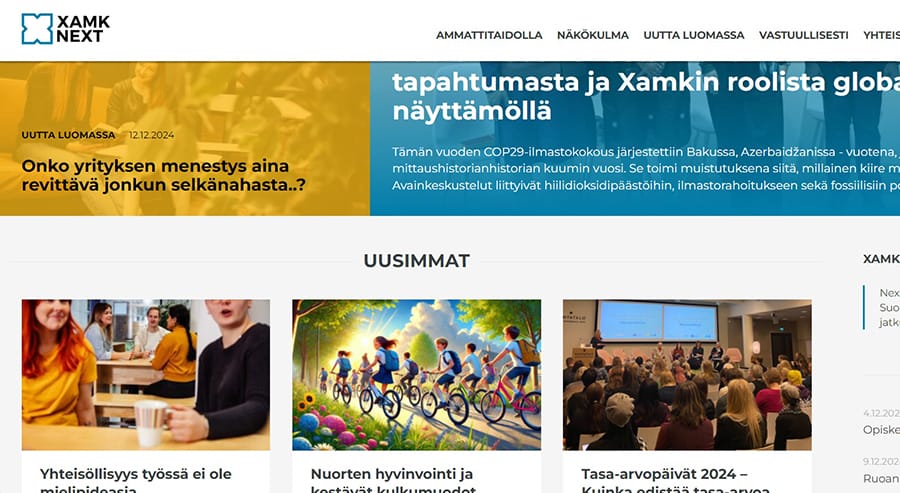6 Tips to Reach More People and Engage Them
I had the honor of speaking at a media training event for journalists and educators covering climate change, biodiversity crises, and land degradation with the focus on the Eastern Europe and Central Asia. This event was organized by the United Nations Secretariat on Climate Change and UN Convention to Combat Desertification and took place during the Bonn Climate Change Conference from June 11–17. Attendees included TV journalists, radio editors, online media editors, and bloggers, all eager to learn about effectively covering these critical issues in social media.
Here are the educational and social media techniques I shared to make coverage more inclusive, engaging, and far-reaching. These tips can be applied to any cause, such as RDI projects topics on youth empowerment, fuel efficiency, nutrition etc, to gain more recognition through social media.
Consider Bigger Problems and Context
Don’t look too narrow when discussing topics. For instance, if you’re covering climate finance, don’t just start with niche knowledge or questions. Kick it off by stating that “everybody needs money… so does climate action,” then introduce the general context of climate justice and the need for money to flow in certain directions and forms. Add the latest controversy or good news, and you have a better contextualized piece of information, rather than a technical description that would interest a narrow group.
Visualize: Show, Don’t Tell
Use visuals to convey your message more effectively. Instead of just explaining a concept, use charts, infographics, and videos to illustrate your points — just like in movies, you want to see the main hero’s childhood, not simply hear about it. Visual content is more engaging and easier for audiences to understand and remember. Especially in the current media era, people need GIFs and other moving objects on the screen to keep their attention. For instance, illustrating the melting polar ice caps and rising sea levels with before-and-after images or time-lapse videos, when discussing land degradation, show footage from affected areas to highlight the loss of arable land and the effects of desertification can make the impact more tangible.
Use the Premises to Deliver the Message
Take advantage of your surroundings to enhance your storytelling. If you are reporting on environmental issues, film on location to provide a tangible context for your audience. This makes the story more relatable and impactful.
Follow Traditional Formats but Innovate
Traditional formats like interviews and talking heads are still valuable. However, adapt these formats to the new era by incorporating dynamic elements like interactive graphics, live polls, and real-time Q&A sessions. This keeps the content fresh and engaging.
Edit Out Things: Be Sharp and Short
In the age of information overload, brevity is key. Edit your content to be concise and to the point. Long-winded explanations can lose the audience’s attention. Aim for sharp, clear, and memorable messages. For example, mention that an area of fertile land equivalent to the size of four football fields is lost to land degradation every minute, making the urgency of the issue more relatable and pressing using just one message.
Consider Using AI for All Languages
To reach a global audience, consider using AI tools for translating your content into multiple languages. This not only broadens your reach but also makes your content accessible to non-English speakers, fostering inclusivity and wider engagement. My recommendation would be HeyGen. Please, consider relevant AI policies when using.
These tips can help you enhance your coverage, making it more inclusive, engaging, and far-reaching. By adopting these strategies, you can ensure your message resonates with a larger audience and has a more significant impact.




